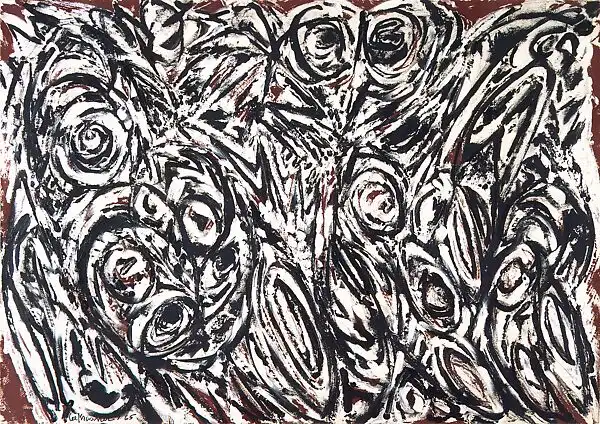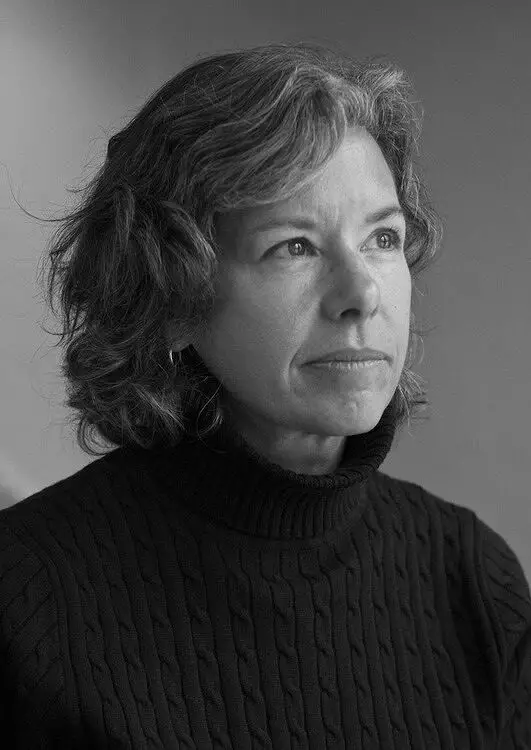A LitStack Review of “Ninth Street Women” by Mary Gabriel
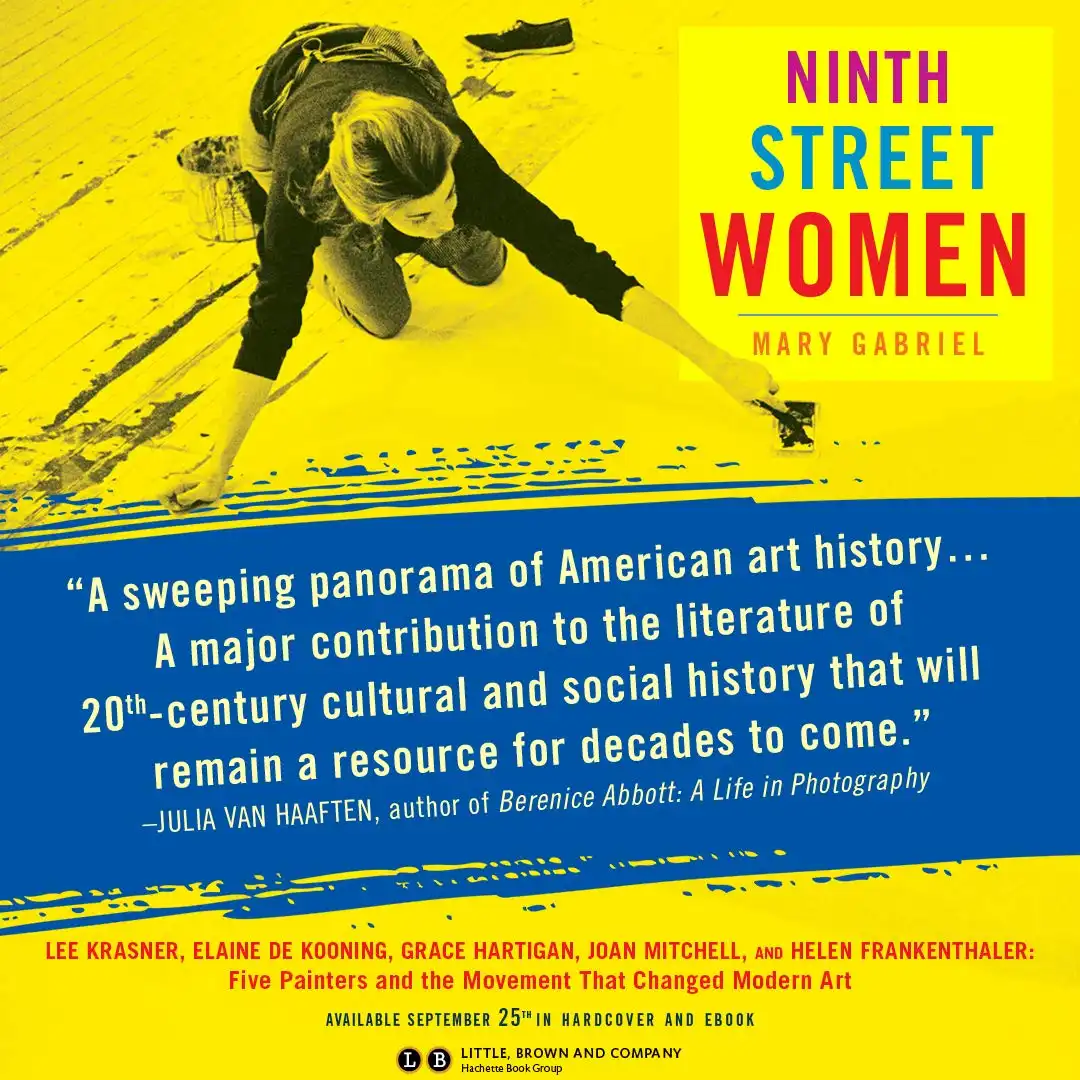
In This LitStack Review of Ninth Street Women
The Significance of Ninth Street Women
Prepare to be captivated and enlightened as you delve into Ninth Street Women by Mary Gabriel. This extraordinary book takes you on an unforgettable journey through the lives and works of five exceptional artists who played a pivotal role in shaping the Abstract Expressionist movement in New York City. Through intimate accounts of their personal experiences, struggles, and artistic achievements, Gabriel weaves together a rich tapestry that not only celebrates their individual contributions but also exposes the challenges faced by women artists during this transformative era.
What sets Ninth Street Women apart is its unyielding commitment to reshaping traditional narratives around Abstract Expressionism by shining a spotlight on these often overlooked women. By highlighting their significant roles within an otherwise male-dominated movement, Gabriel boldly challenges established art history narratives and offers readers a more inclusive perspective. Moreover, through insightful interviews with those who knew them best, this groundbreaking book illuminates each artist’s unique approach to abstraction and their fearless exploration of color, form, and emotion.
Prepare to be amazed as Ninth Street Women brings these extraordinary women out of the shadows and into the forefront of art history.
Lee Krasner: Pioneer of Abstract Expressionism
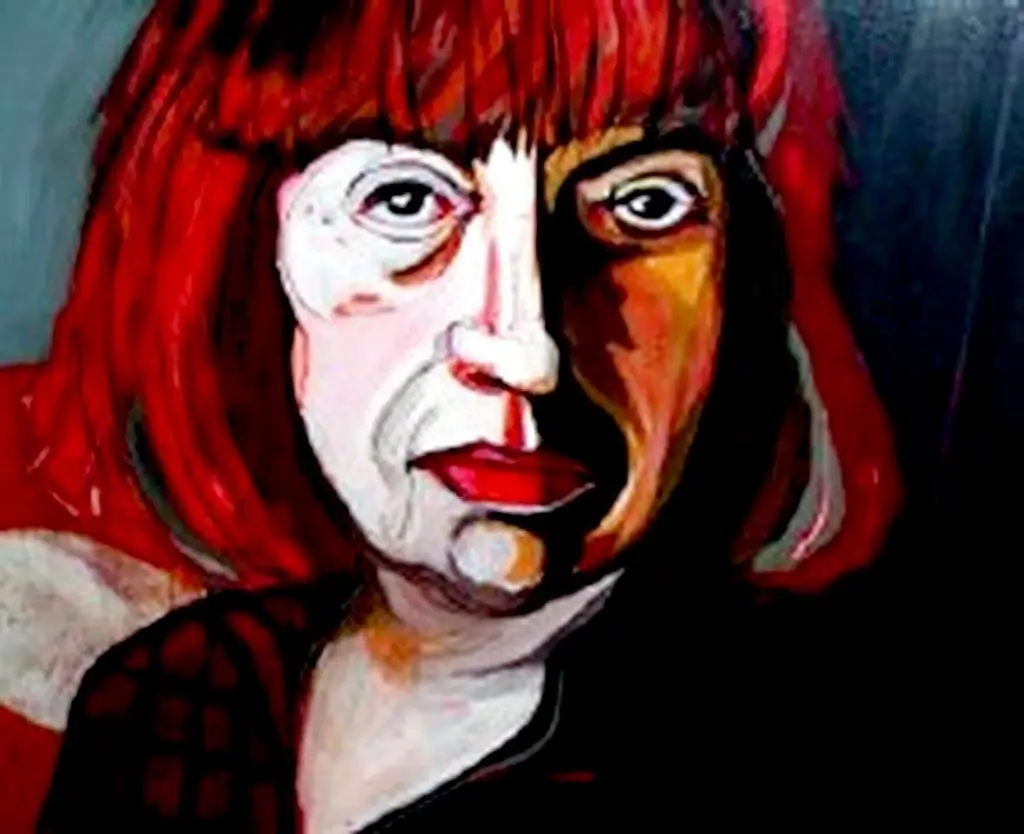
Lee Krasner, a pioneering figure in abstract expressionism, played a crucial role in the development of the movement. As depicted by Mary Gabriel in Ninth Street Women, Krasner’s journey as an artist was filled with challenges and triumphs. Unyielding in her pursuit of artistic excellence, she broke through societal expectations and the gender biases prevalent during that era.
Krasner’s immense talent often overshadowed her personal struggles. Despite being married to fellow artist Jackson Pollock, Krasner had to constantly navigate through his larger-than-life persona while also finding her own voice as an artist. She found solace and inspiration while living and working alongside artists such as Willem de Kooning and Franz Kline. Their studio visits allowed for vibrant exchanges of ideas that influenced not only her work but also the direction of abstract expressionism as a whole.
Krasner’s commitment to pushing boundaries within her art is evident throughout Ninth Street Women. From experimenting with different styles and techniques to confronting self-doubt head-on, she never shied away from taking risks. As readers delve into this captivating account, they are invited into Krasner’s world—where passion, determination, and uncompromising vision collided to create a body of work that continues to captivate audiences today.
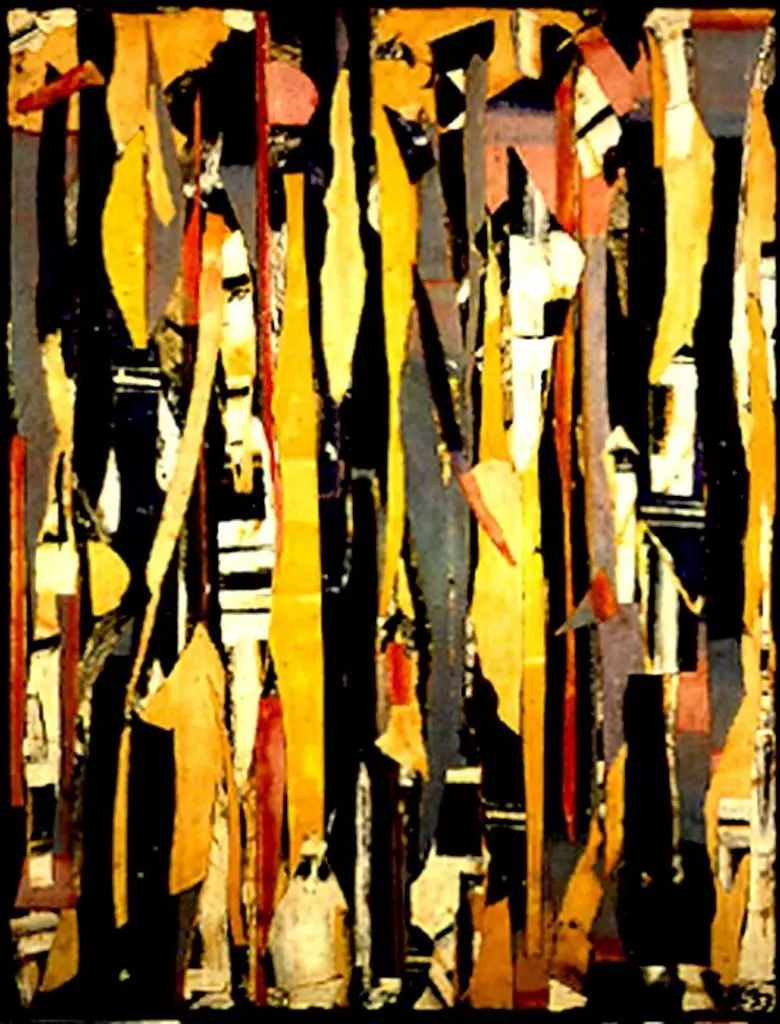
Elaine de Kooning: A multifaceted artist
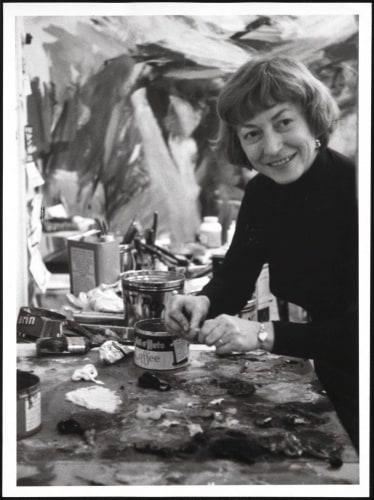
Elaine de Kooning, one of the incredible artists featured in Mary Gabriel’s Ninth Street Women, emerges as a captivating and multifaceted figure. Known for her vibrant personality and passion for life, Elaine broke barriers by asserting herself as an artist in her own right during a male-dominated era. Not only was she an accomplished painter, but she also embarked on unconventional artistic ventures such as portrait commissions and teaching.
Gabriel’s portrayal of Elaine delves into the complex nature of her artistry. While she may have been overshadowed by her husband, renowned abstract expressionist Willem de Kooning, Elaine possessed a distinct voice that resonated powerfully in her work. She explored figurative art with unyielding dedication, painting both portraits and landscapes with precision and emotional depth. This exploration allowed her to carve out a unique space within the predominantly abstract art scene of the time.
Furthermore, Ninth Street Women offers an insightful perspective on Elaine’s constant reinvention as an artist. Despite achieving recognition through various stages of her career, she continuously sought new challenges to push herself creatively. Whether it was moving from abstraction to portraiture or experimenting with different artistic styles over time, Elaine exemplified resilience and growth throughout her journey as an artist. Her passion for exploring new terrains ensured that each phase of her career showcased fresh perspectives and innovative techniques.
Ninth Street Women provides a compelling glimpse into the life and works of Elaine de Kooning – an artist whose dynamism and versatility remain vibrant today.
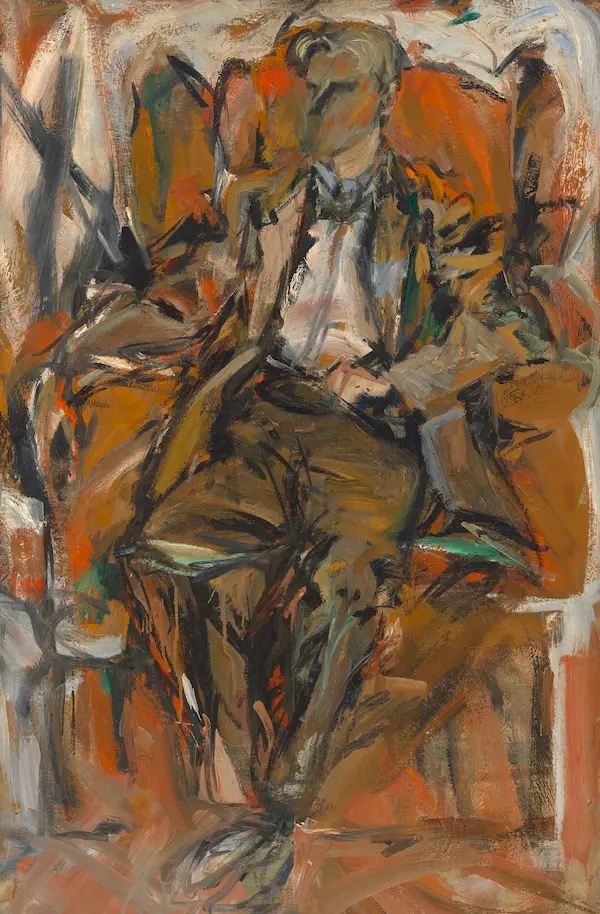
Grace Hartigan: Challenging the Male-Dominated Art World
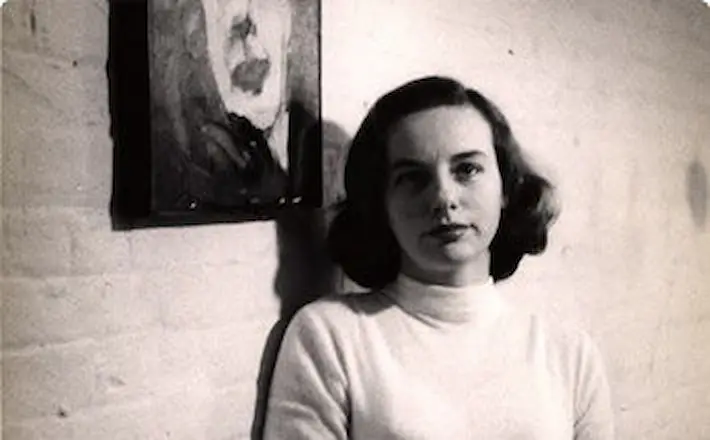
Grace Hartigan, a prominent figure in the abstract expressionism movement, defied societal expectations and challenged the male-dominated art world of the 1950s and beyond. In Ninth Street Women by Mary Gabriel, Hartigan’s story comes to life as she emerges as one of the central figures among the group of women artists who fought for recognition in an era when men dominated the art scene. Hartigan’s bold and innovative approach to her work not only challenged traditional artistic conventions but also served as a powerful statement against gender inequality.
As Gabriel delves into the life of Grace Hartigan within the pages of Ninth Street Women, readers are transported into her journey to establish herself as an artist deserving equal recognition alongside her male counterparts. One of Hartigan’s most notable contributions was her ability to seamlessly blend various artistic styles. She combined elements from European modernism with American expressionism, resulting in captivating works that pushed boundaries and defied categorization.
Throughout her career, Hartigan faced numerous obstacles stemming from both society’s expectations for women at the time and art critics’ skepticism towards women artists. However, rather than allowing these challenges to deter her ambition, she used them as fuel for creativity and determination. As exemplified by her iconic piece Marilyn, in which she reinterprets Andy Warhol’s famous depiction of Marilyn Monroe through her own lens, Grace Hartigan demonstrated resilience in reclaiming a space that had long been denied to women.
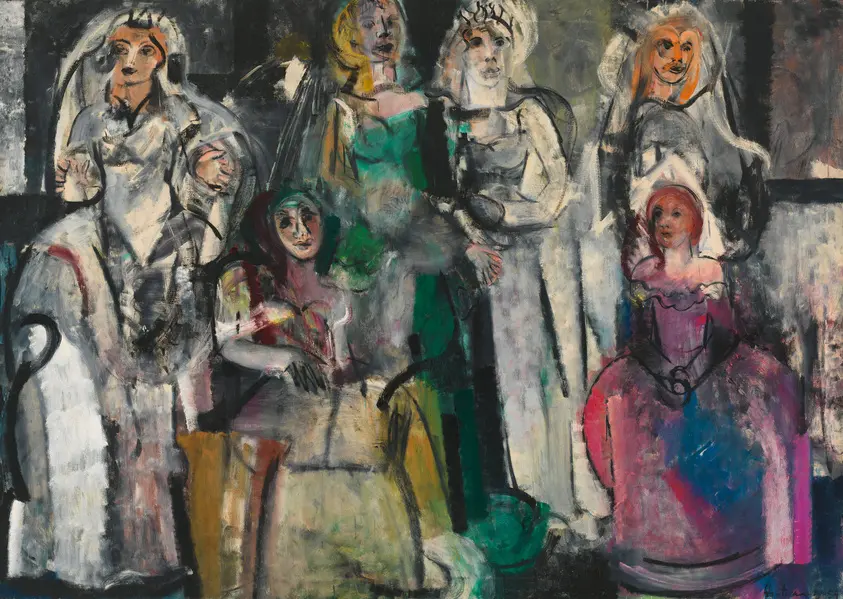
Joan Mitchell: Expressive Landscapes and Emotional Intensity
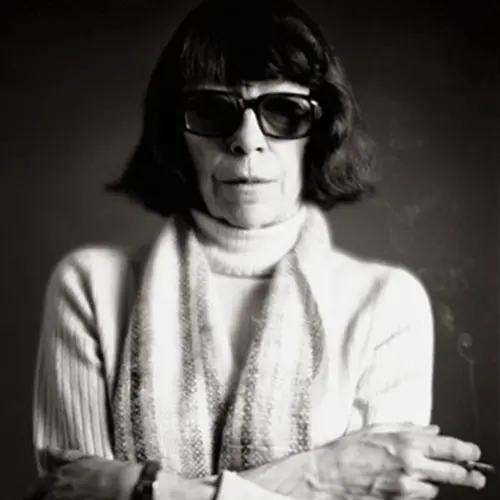
Joan Mitchell, a prominent figure in the Abstract Expressionist movement, is often remembered for her expressive landscapes that exude emotional intensity. In Ninth Street Women, Mary Gabriel delves into Mitchell’s life and art, shedding light on her unique approach to painting and the impact she had on the art world. Mitchell’s works are characterized by bold brushstrokes, vibrant colors, and an undeniable sense of energy. She sought to capture not just the physical reality of nature but also its spiritual essence, resulting in emotionally charged compositions that resonate deeply with viewers.
One of Mitchell’s signature techniques was the use of thick layers of paint applied with vigorous brushwork. This helped her convey a sense of raw emotion and spontaneity in her landscapes. Each stroke seemed to be a direct expression of her own inner turmoil or joy. Through this passionate approach to painting, Mitchell created works that were not simply representations of nature but reflections of her own emotions and inner experiences.
In addition to their expressive qualities, Mitchell’s landscapes also invite viewers into a deeply personal realm. By abandoning traditional notions of representation, she allowed herself the freedom to explore new territories within art-making. Her paintings became emotional records – capturing not only what she saw but how she felt at a particular moment in time. The result is a body of work brimming with intensity and authenticity that continues to captivate audiences today.
Engrossed by the desire for self-expression through artistry? The journey through Joan Mitchell’s life as an artist paints an engrossing picture.
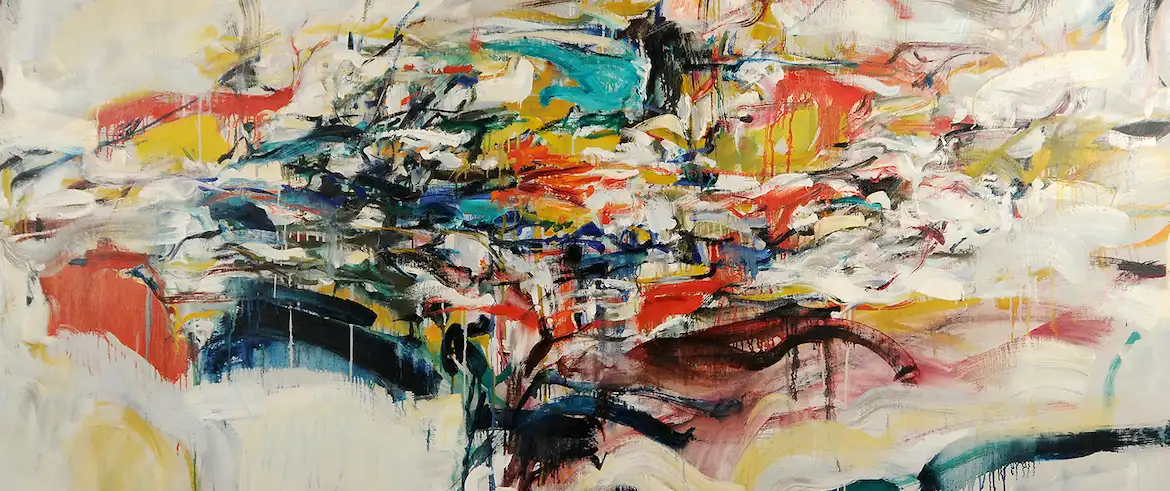
Helen Frankenthaler: Pioneer of Color Field Painting
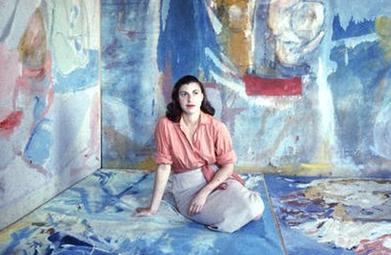
Helen Frankenthaler, a prominent American painter and key figure in the color field movement, played a pivotal role in shaping the art world of the mid-20th century. As discussed in Ninth Street Women, her journey as an artist was marked by innovation and experimentation with bold colors and abstract forms. While many of her contemporaries were focused on expressing existential angst through their work, Frankenthaler sought to mimic the spontaneity and fluidity of nature itself. Her groundbreaking technique involved pouring paint directly onto unprimed canvas, allowing it to soak into the fabric and create vibrant, translucent layers.
Frankenthaler’s artistic approach challenged conventional notions of painting at the time. She believed that color could exist independently from form, paving the way for future artists to explore new possibilities within abstraction. Moreover, she emphasized interplay between control and chance in her works; while she manipulated the paint to some extent, she also allowed it to flow freely across the canvas—a reflection of her belief that authentic creativity should involve both technical skill and intuition. This unique combination made her an influential pioneer in color field painting, inspiring generations of artists who followed in her footsteps.

The History Behind Ninth Street Women
Ninth Street Women is a book by Mary Gabriel that delves into the lives and art of five extraordinary artists – Lee Krasner, Elaine de Kooning, Grace Hartigan, Joan Mitchell, and Helen Frankenthaler. These women are often overshadowed by their male counterparts in the Abstract Expressionist movement of the 1950s. However, Gabriel’s meticulous research brings forth a fresh perspective on their stories and highlights their immense talent and contributions to the art world. It illuminates the struggles these artists faced in a male-dominated art scene.
Despite being fiercely talented and dedicated to their craft, they were frequently overlooked or dismissed by critics who favored their male colleagues. This book allows readers to see beyond the traditional narrative of abstract expressionism as solely a boys club and appreciate the powerful artworks these women created.
Gabriel also takes an intimate approach in telling these women’s stories. By exploring not only their artistic achievements but also their personal lives and relationships with each other, we gain a deeper understanding of what drove them to create such groundbreaking art. Their complicated love affairs, friendships, rivalries – all beautifully depicted in Ninth Street Women – add another layer of intrigue to this complex period in art history.
Through Gabriel’s thorough research and engaging storytelling style, Ninth Street Women brings these remarkable artists out from under the shadow cast by men like Jackson Pollock or Willem de Kooning. The book offers an inspiring glimpse into both.
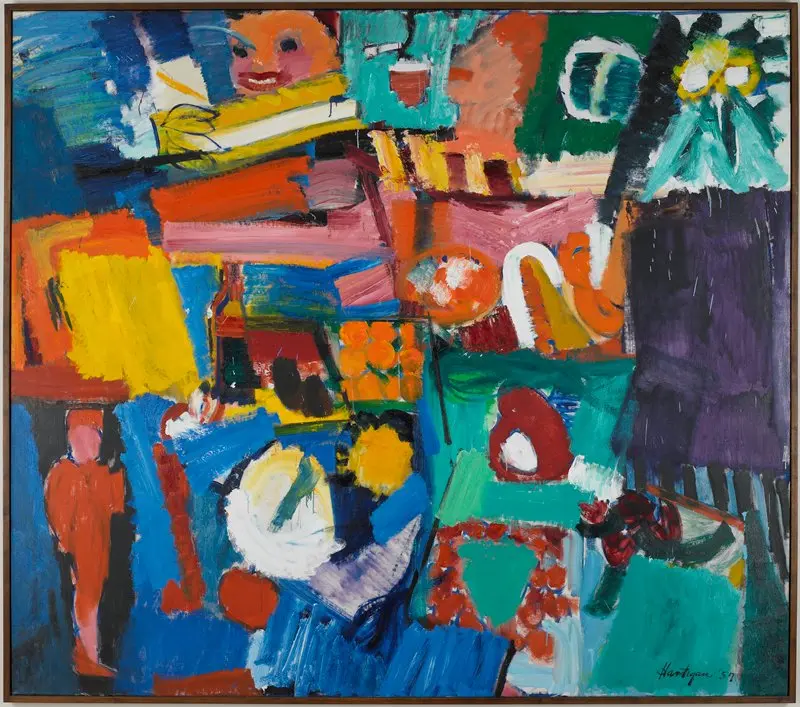
Famous Paintings by the Ninth Street Women
In the world of art history, male artists often dominate the narrative. However, the book Ninth Street Women sheds light on five remarkable women artists who made significant contributions to Abstract Expressionism during the mid-20th century. Let’s delve into some of their most famous paintings and explore their unique perspectives.
Helen Frankenthaler’s Mountains and Sea is a masterpiece that exemplifies her groundbreaking soak-stain technique. With its flowing washes of vibrant colors, this painting defies traditional boundaries and evokes a sense of boundless energy and spontaneity. Similarly, Lee Krasner’s Night Creatures challenges societal expectations by merging abstract forms with elements of figuration through her dynamic brushwork. The resulting tension in this painting reflects Krasner’s inner struggles as she navigated both her personal life and creative pursuits.
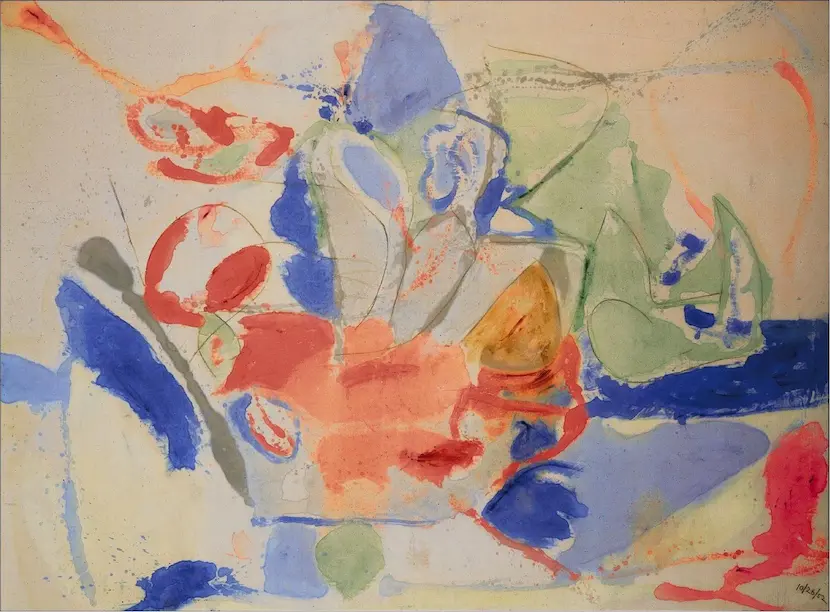
Meanwhile, Grace Hartigan’s Virgin Stuart (Manet) pays homage to an iconic male artist while reclaiming her voice as a woman painter. By reinterpreting Édouard Manet’s famous work Olympia, Hartigan boldly asserts herself within art history, offering a fresh perspective on gender representation in art. As we explore these famous paintings by Frankenthaler, Krasner, and Hartigan among other women artists in Ninth Street Women, we are reminded of the immense talent that too often goes overlooked simply because of gender biases ingrained in society.
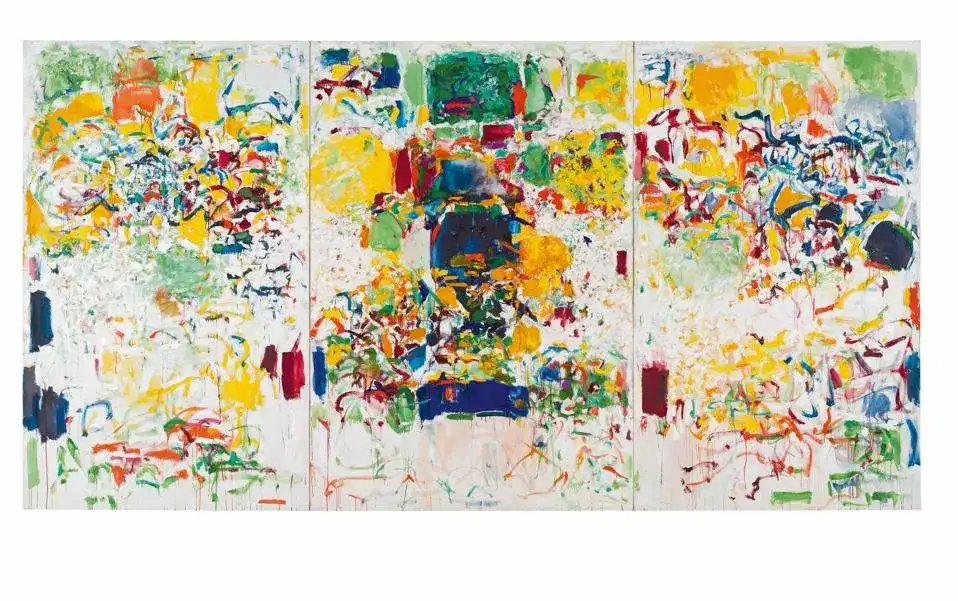
Another notable painting highlighted in Ninth Street Women is Elaine de Kooning’s Bacchus #7. Painted with thick impasto strokes against a dark background, De Kooning creates an enigmatic image imbued with raw emotion and mystery. The fragmented form and distorted facial features evoke a sense of movement, capturing both vulnerability and strength simultaneously. It is through this striking visual language that De Kooning challenges conventional notions of beauty while establishing herself as an unapologetic artist unafraid to push boundaries.
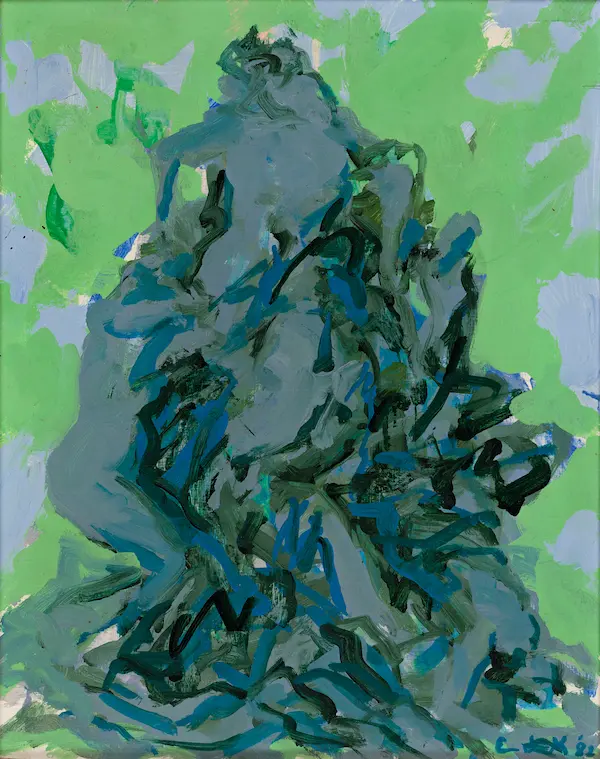
Among the captivating paintings created by these pioneering artists, one that stands out is Lee Krasner’s Gaea. With bold brushstrokes and vibrant colors, Krasner captures the essence of nature’s force. The abstract expressionist style of this piece not only reflects her mastery of technique but also serves as a focal point for examining notions of femininity and power during that time.
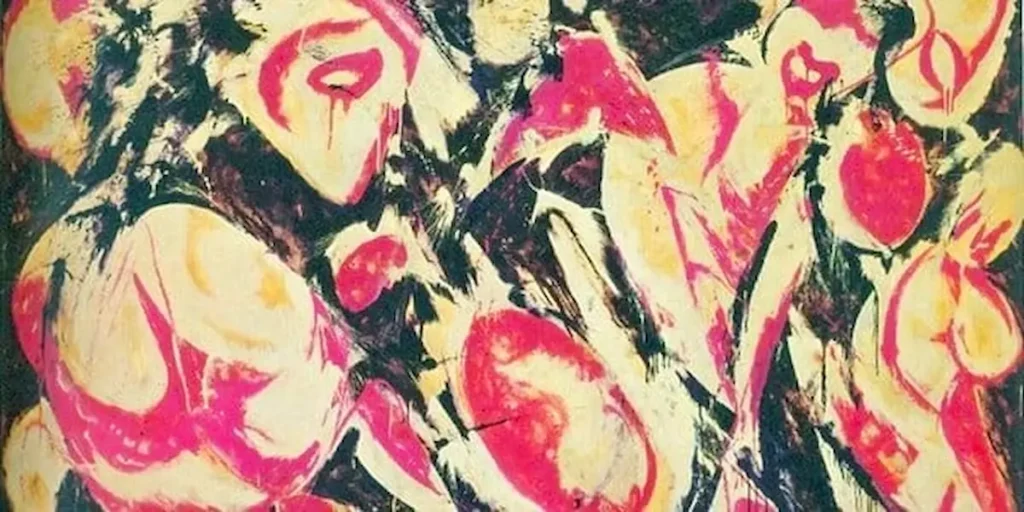
Through their innovative use of color, texture, and subject matter, these five women – Lee Krasner, Elaine de Kooning, Grace Hartigan, Joan Mitchell, and Helen Frankenthaler – defied societal expectations while paving the way for future generations of women artists. Their breathtaking artworks continue to inspire us today with their unique perspectives on life, love, struggle, and triumph.
Impact and Legacy of Ninth Street Women
Ninth Street Women has the potential to make a lasting impact on the art world by standing as a powerful testament to the strength and determination of women artists in mid-20th century America. These incredible women defied societal expectations and opened doors for future generations of artists through their distinctive artistic expressions. Their legacy remains an inspiration and a source of challenge for contemporary artists and scholars.
Additionally, Ninth Street Women presents an alternative viewpoint that underscores the importance of intersectionality within feminism. Although it primarily concentrates on white artists, Mary Gabriel also highlights the influential roles played by race, class, and sexual orientation in shaping these women’s encounters as they navigated through an art scene dominated by men. This acknowledgement prompts us to reevaluate our comprehension of history through a lens that embraces inclusivity and ensures that marginalized voices are given their rightful place in narratives illustrating progress.
Ninth Street Women is a powerful book about the transformative impact that these women artists had on the art world. Their persistence and resilience continue to inspire generations of aspiring artists. As we reflect on their contributions, let us also acknowledge the ongoing challenges faced by women in the arts today. It is our responsibility to advocate for gender equality and create space for diverse voices to be heard and celebrated. By amplifying the stories and achievements of all artists, we can work towards a future where artistic talent knows no boundaries. Let us join together in this mission and ensure that every artist has an equal opportunity to thrive and contribute their unique perspective to the world of art.
~J.S. Hood
About Mary Gabriel
Mary Gabriel is the author of Love and Capital: Karl and Jenny Marx and the Birth of a Revolution, about Karl Marx and his wife Jenny von Westphalen. It was a finalist for the Pulitzer Prize, the National Book Award and the National Book Critics Circle Award. According to WorldCat, the book is held in 985 libraries. Wikipedia
Buy Ninth Street Women Today!
ISBN-13: 9780316226172
Publisher: Little, Brown and Company
Publication date: 09/24/2019
Pages: 944
Other Books By Mary Gabriel
Other LitStack Resources
Be sure and check out other LitStack Reviews that provide in-depth critical examination of books you should read. Also, read other articles by LitStack contributor Sharon Browning, who also contributes our Author Birthdays articles.
As a Bookshop, Amazon affiliate, LitStack may earn a commission at no cost to you when you purchase products through our affiliate links.

